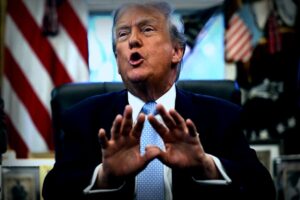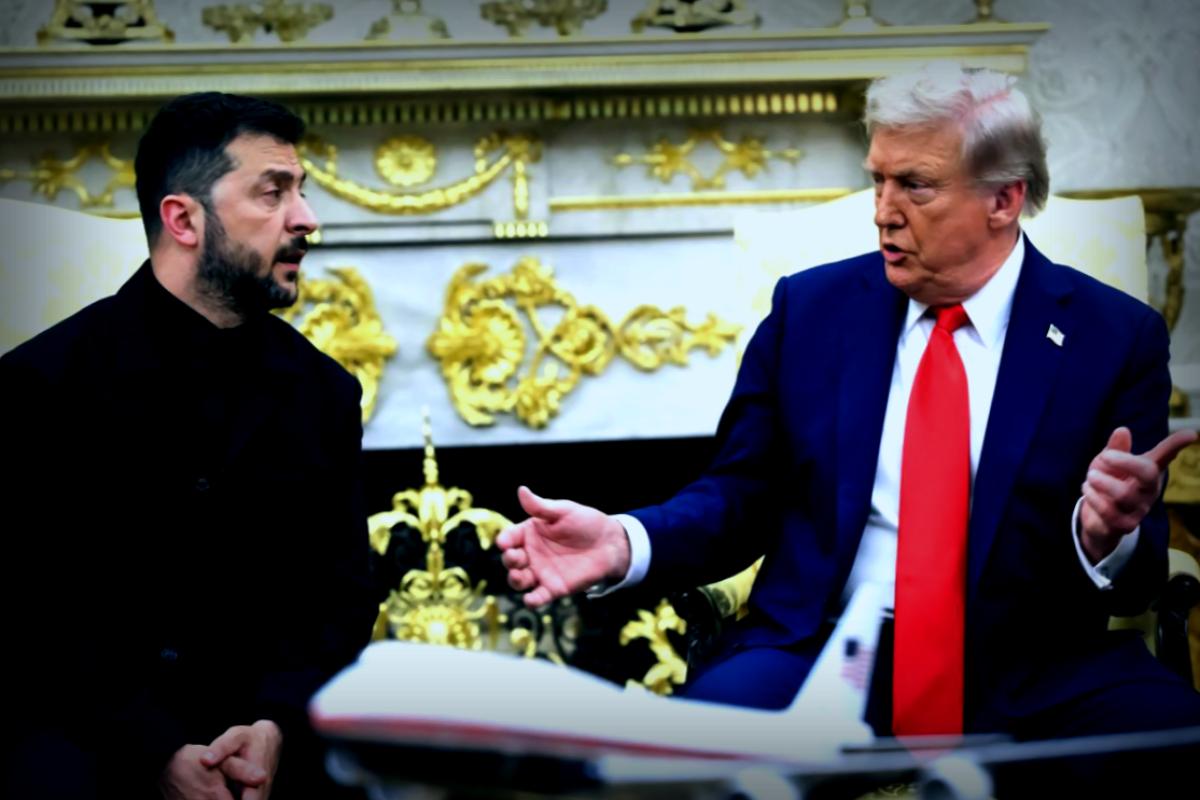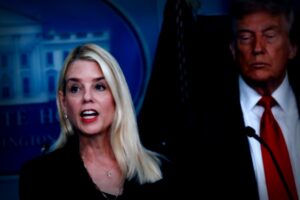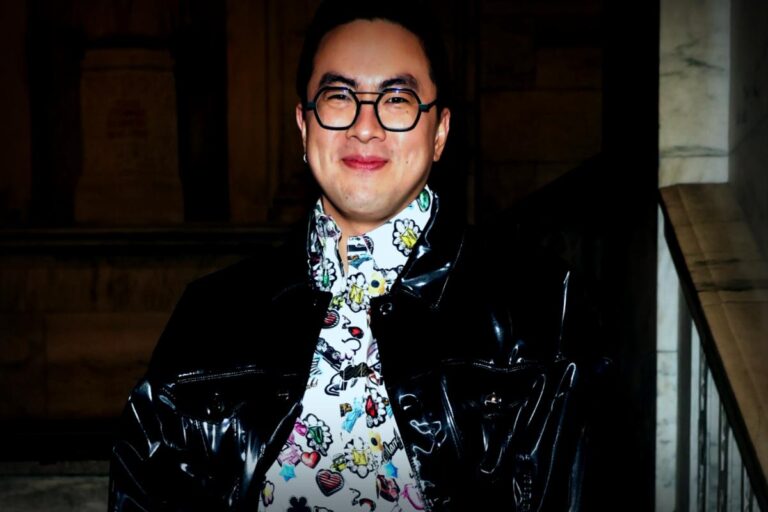WASHINGTON— On Monday, President Trump made a bold move by urging both Ukrainian President Zelensky and Russian President Putin to sit down together for a peace conference aimed at bringing an end to the lengthy war in Ukraine that has lasted over three years.
Responding quickly, Zelensky showed his support for a potential summit with Trump and Putin. However, Trump later hinted that a direct conversation between Zelensky and Putin must happen first before the three of them could meet.
Things got a bit confusing when NATO’s Secretary-General Mark Rutte mentioned in an interview on Fox News that, according to him, Putin had already agreed to engage with Zelensky, despite the Kremlin being vague on the matter publicly.
This back-and-forth seems to lead to an intricate path toward a meeting, with Russian forces still making moves on the battleground.
It also underscored Europe’s eagerness to see Trump pushing for assertive negotiations with Putin, particularly following their recent amicable get-together in Alaska three days earlier.
The day’s discussions started after Trump met Zelensky at the White House and carried on with top European officials in attendance, all working together to shape a unified stance aimed at ending the war.
European leaders left the meeting feeling optimistic about the conversation around security guarantees for Ukraine, and saw it as a chance to counter Putin’s claims over Ukrainian territories.
Still, numerous questions linger about what proposals the White House might put forth to bridge the gap between Moscow and Kyiv and how the U.S. would assist European allies in securing peace.
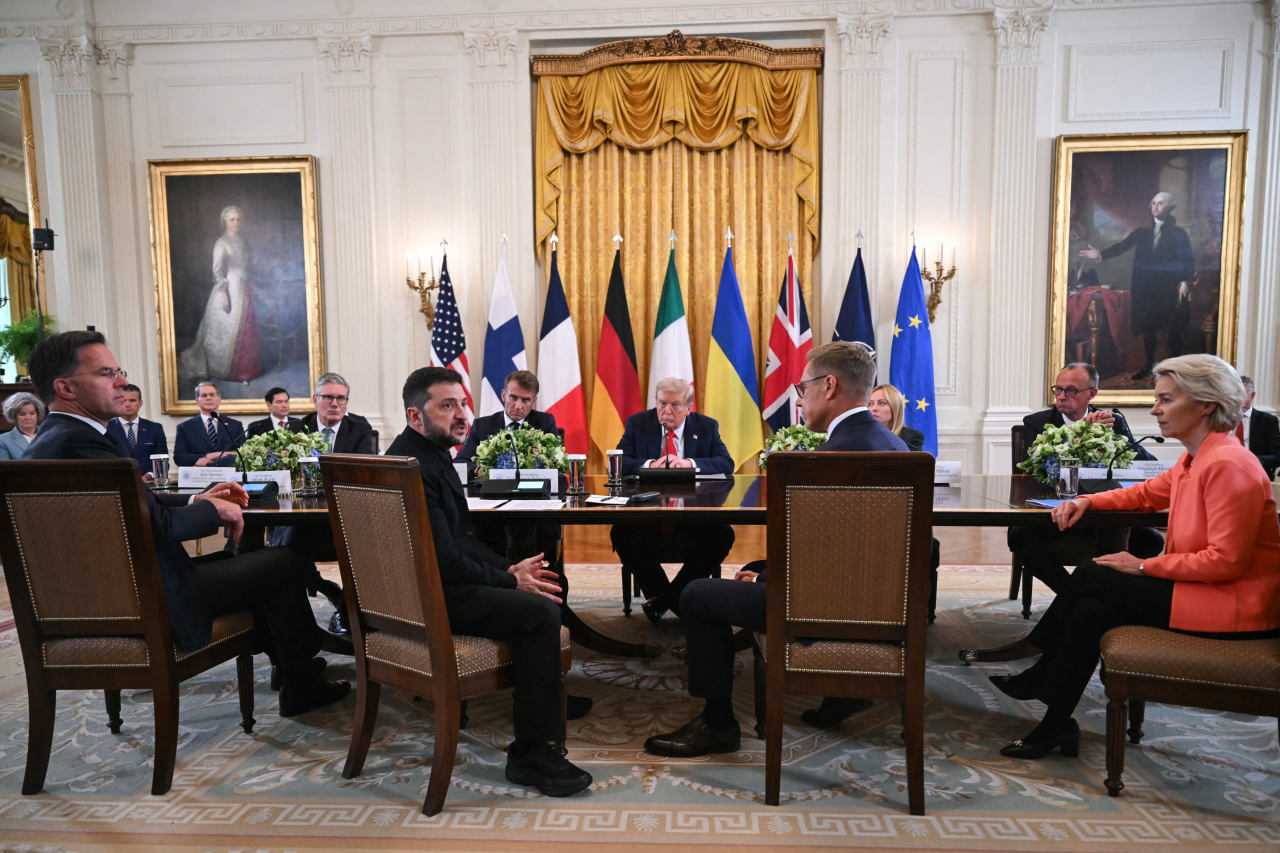
Britain alongside other European nations recommended a “reassurance force” that could be deployed to Ukraine if peace is achieved, aimed at preventing future Russian incursions that stemmed from the February 2022 invasion. However, they must deal with Trump’s historically cautious approach toward placing U.S. soldiers in Ukraine to reinforce any peace agreement.
During a late social media update Monday, Trump announced that discussions at the White House included potential security assurances that European countries could offer to Ukraine, while the U.S. would act in a “coordinating” capacity.
Following the discussions, Trump and the European allies decided that Secretary of State Marco Rubio would head a team of national security advisers and NATO representatives tasked with crafting these security assurances for Ukraine, per sources updated on the discussions. There was no immediate comment from the White House, and Rubio’s representatives didn’t reply promptly.
These security assurances are slated to cover several areas: military presence, air defense, armaments, and monitoring ceasefires, according to European officials. Various ways for the U.S. to provide indirect military support to European peacekeepers were also considered that avoid deploying American troops directly.
Discussions on any potential territorial concessions to Russia were also points of disagreement. A map of eastern Ukraine reviewed by Trump and Zelensky indicated that 76% of the Donetsk region was under Kremlin influence, a significant area that Russia is eyeing.
Looking to make the discussion relatable for Trump, European leaders compared the enormity of the Donbas region’s surrender to asking the U.S. to give up Trump’s home state.


German Chancellor Friedrich Merz illustrated this during a press briefing after the meeting, equating the Russian demand for Donbas territories to asking the U.S. to concede Florida.
In a private discussion, Finnish President Alexander Stubb declared that cities like Kramatorsk and Slovyansk symbolized a stronghold for Ukraine, a characterization that seemed to resonate with Trump, according to those involved.
While Zelensky didn’t dismiss land exchange outright, he acknowledged that relocating populations and violating Ukraine’s constitutional laws against ceding territory would be challenging. Yet, he was open to discussing “proportional exchanges.” His spokesperson had no immediate comments on the deliberations.
Trump, who had earlier insisted that the responsibility to conclude the war rested with Zelensky, praised him before their closed-door talks, a refreshing contrast to their earlier tense meeting in February.
Trump stated, “This gentleman wants to end it, and put an end to the conflict,” with Zelensky by his side, expressing optimism that the situation could indeed be resolved.
During closed proceedings, recognizing his prior attempts for a ceasefire with Putin hadn’t been fruitful, Trump urged leaders to replace the term ‘ceasefire’ with alternatives like ‘truce’ or ‘stop the killing,’ as per inside sources.
Citing desire for involvement in the Ukrainian drone market, Trump proposed a significant stake in exchange for ensuring U.S. interests, hinting at a sizable $50 billion potential investment.
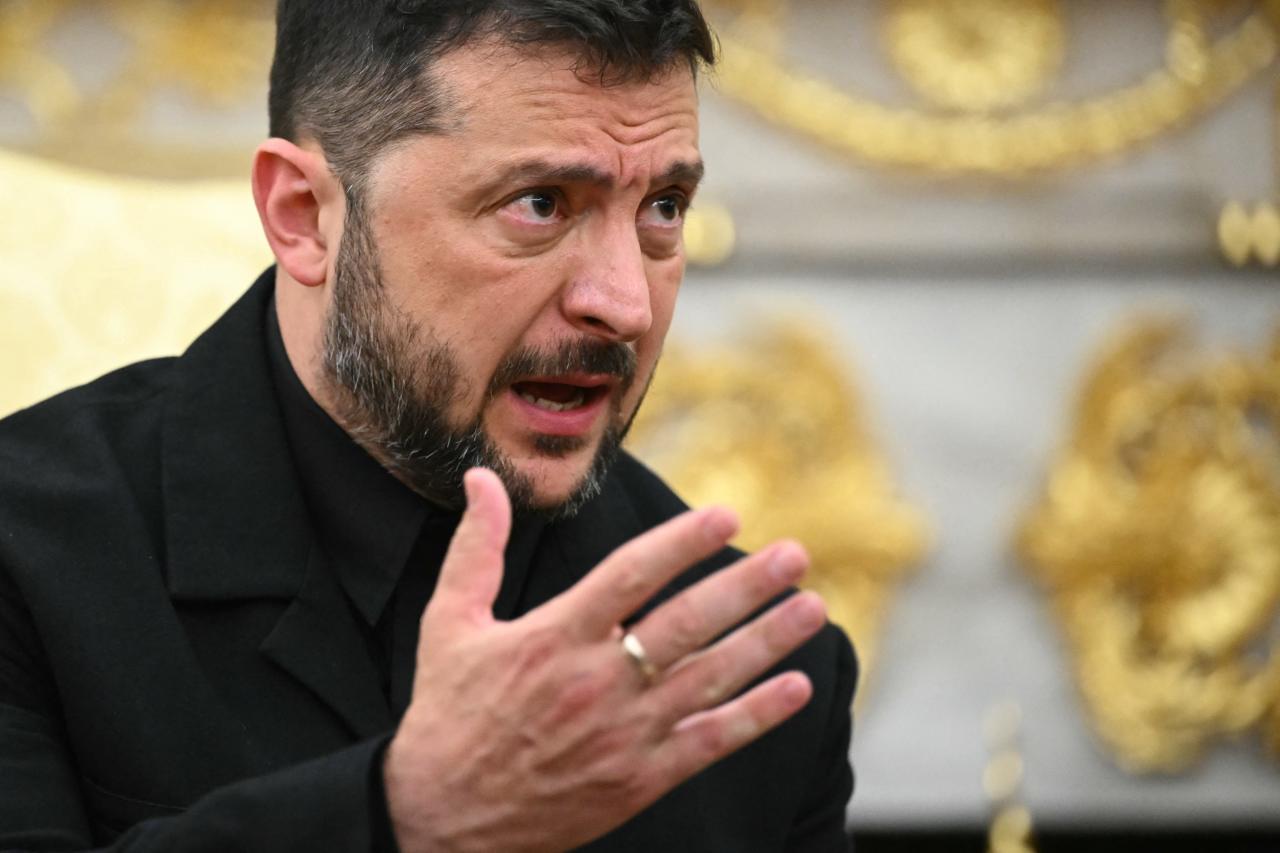
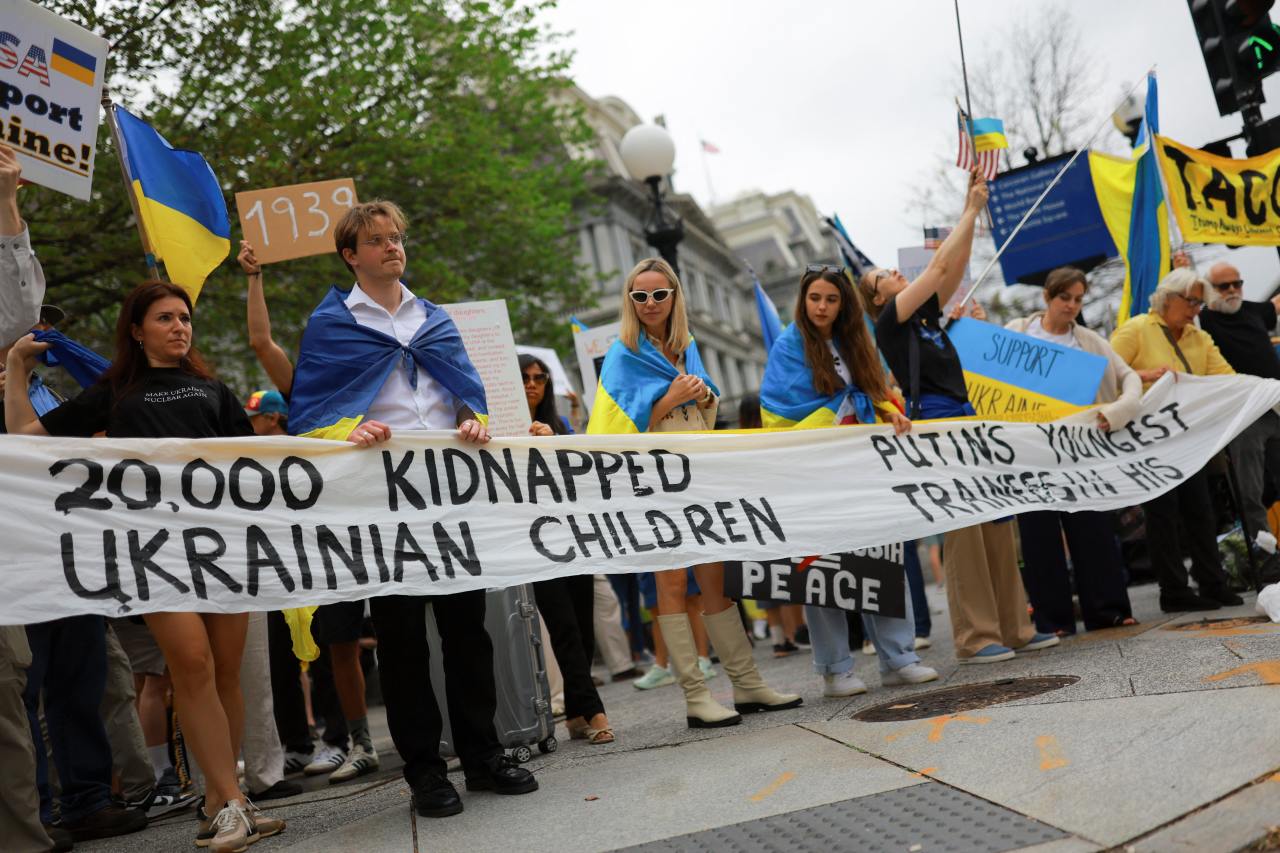
In response, Zelensky offered to acquire $100 billion worth of American defense supplies with financial backing from EU allies, prompting what seemed to be a positive reaction from Trump. Zelensky’s spokesperson had no immediate comments on the deal.
Trump emphasized the U.S. would continue to back Ukraine with weaponry as long as NATO’s financing casing fees, sources relayed.
The arrangements regarding the three-way gathering seem subject to adjustment. The Kremlin’s position remained vague, merely noting that discussions were underway for a potential meeting at senior Ukrainian and Russian negotiation levels.
Top foreign policy adviser to Putin, Yuri Ushakov, indicated that key leaders had touched upon meeting prospects, but stopped short of confirming a sit-down with Zelensky or revealing firm intentions for a tripartite conference.
For more insights, you can reach out to Michael R. Gordon at michael.gordon@wsj.com, Bojan Pancevski at bojan.pancevski@wsj.com, and Annie Linskey at annie.linskey@wsj.com



